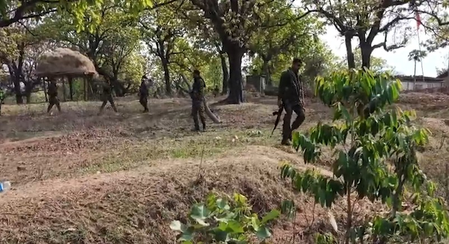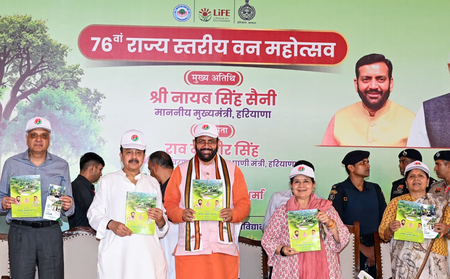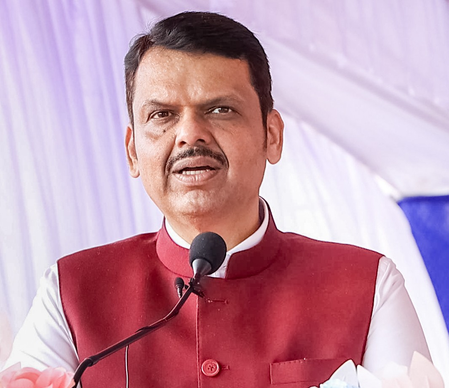
New Delhi, July 23 (IANS) Union Home Minister Amit Shah had vowed to wipe off naxalism from the country by March 2026. Looking at the success rate of the security forces, it appears to be a possibility, but there are challenges ahead.
In a stark warning, Maharashtra Chief Minister Devendra Fadnavis said that urban naxals from outside the state were using funds to spread rumours and keep the people of Gadchiroli from the path of development. He made the statement while addressing a gathering at an event in the Gadchiroli district, which has been a hotbed for Naxalites.
The National Investigation Agency (NIA) and various other agencies, in the aftermath of the Bhima Koregaon violence, flagged the urban naxal issue. The agencies spoke about how these persons living in the cities were propagating for their friends in the jungles and were also raising funds for them.
When the deadline was set by the Home Minister and the security forces began acting on the same, the Intelligence Bureau had warned that while the fight in the jungles may die down, the propaganda machinery would continue to spread disinformation.
Fadnavis made it clear that they all need to be alert about the urban naxals. They are spreading false information, he said. He pointed out that when Gadchiroli began to progress and a foundation stone for a steel plant was laid, the very next day, a campaign was started on social media. The posts claimed that the tribals were being killed and the steel plant was being constructed on their lands.
Another campaign was launched by the urban naxals, where it was claimed that forests were being cut on a large scale. It was surprising since the government of Maharashtra had not done anything of that sort.
Fadnavis pointed out that investigations showed that those who were running the campaigns were not even from Maharashtra. Two were from Kolkata and two from Bengaluru. These persons were found to be working on foreign funding, he added.
Officials are confident that the battle against the Naxalites in the jungles will end by 2026. The people in these Naxalite-affected areas have been supportive of the security forces as they feel safe, and more importantly, they are seeing development.
However, the battle after 2026 would be a hard one, as several agencies have already pointed out the problem that Fadnavis pointed out.
Post the 2019 investigation by the NIA and the noose being tightened on foreign funding, the urban naxal problem has come down to a large extent. However, there are still many elements that will continue to pose a problem and rake up emotions.
The Union Home Ministry is already working on a post-2026 plan, and this includes the sympathisers of the Naxalite movement who live in urban areas.
Teams are being set up to closely monitor content that goes on social media. Fake protests could also erupt in a bid to provoke the people. These teams would also closely monitor funding to these elements, which could be used to unleash a huge disinformation campaign.
In the run-up to the Lok Sabha elections last year, a massive campaign regarding the Constitution of India cropped up. The sympathisers of the Naxalite movement are planning something on this front during which they will instigate people against the Constitution. These elements are likely to use social media heavily to start such campaigns. They are well aware that if the disinformation campaign takes off and the people get agitated, then all the good work will be lost. They have in the past and will in the future try and mislead and instigate the gullible people in the villages.
Fadnavis, during his address, said that some people (urban naxals) are trying to create confusion among the people by spreading rumours to keep them away from development.
–IANS
vicky/skp




